Opinion: If you want trams, support the buses

Graham Parkhurst, Professor of Sustainability, Centre for Transport and Society, gives his reaction to the news of a £800 million public transport investment for WECA.
“The West of England woke on Wednesday 4 June to the welcome news that it is to receive £800 million in Government funding to invest in the public transport network over the next three to four years, equivalent to nearly £900 for each resident of the Combined Authority.
“£0.8 billion sounds a lot, and it comes on top of other significant sums provided by central government for sustainable transport in recent years, but transport infrastructure can be fabulously expensive to deliver.
“£150 million of the new money is identified for higher-frequency rail services, including on the planned route between the Brabazon new neighbourhood and Temple Meads. Improving on the current proposal for an initial hourly service is important. Brabazon will be home to 6,500 residents. A more frequent service is essential to attract commuters to the city centre or visitors to the Bristol Arena to travel by train.
“There is less detail in the Treasury announcement as to how the rest of the money will be spent, but most eye-catching is the £200 million for ‘mass transit development between Bristol, Bath, South Gloucestershire and North Somerset’. The word ‘development’ is a key one. Although feasibility studies have been undertaken, part of the money will need to be spent on detailed planning. And if ‘mass transit’ means trams, then the UK experience is that the typical cost has been around £50 million per km. There are hopes that a new approach, being pioneered in Coventry, using ‘very light rail’ technology can get those costs down to as little as £10m per km, but if the aim is for a West of England network, then a lot more funding will need to follow.
“The political commitment would also need to remain solid over many mayoral mandates. Manchester began planning the first Metrolink line in the 1980s. It opened in 1992. The rest of the network has been assembled in stages over a period of more than three decades.
“Trams have valuable practical features, such as high energy efficiency (provided they are well used), and high levels of comfort for passengers (provided too many people don’t use them at once). But some of the attractions are more psychological. In the early 1990s I wrote my doctoral thesis about the then-new South Yorkshire Supertram. It became clear to me that the idea of trams captures the public imagination in a special way. They manage to encourage feelings of nostalgia, whilst at being seen as futuristic. Because trams use fixed infrastructure, it is easy to observe where the routes go, and because that infrastructure is expensive, it can only be provided on limited corridors, so the networks are simple to understand. For these reasons, trams are particularly welcomed by visitors to a city who want to go between the main facilities, or for those car-using residents who are not familiar with public transport.
“But although trams might win over some car users that buses don’t attract, currently the car represents the biggest challenge to introducing trams. On some measures Bristol remains the most car-dependent of the large UK cities. Running a tram down a corridor like the Gloucester Road would provide a service where people want to go, but space for other traffic would need to be restricted both during and after construction.
“The difficulty of negotiating sufficient priority on street led to interest for a time in the expensive possibility of going underground. The more realistic option is to create space on-street by reducing traffic, by building on successes in promoting the other forms of transport. MetroBus has shown that investment in buses, including providing effective priorities, can increase use. Similar standards need to be achieved on all the region’s services.
“Buses and trams are not in opposition. The majority of future users of a tram will transfer from existing public transport services. Manchester has the best-used tram system in the UK, but bus trips in Greater Manchester are still more than double the tram and local train trips combined. Growing bus use will support the case for a core network of trams, whilst buses will continue to be essential alongside trams and trains in providing the fine-grain connections, demand-responsive and night services in an integrated network.
“So, while £200 million maybe identified for mass transit development, the future of that proposal perhaps relies more on how the £550 million is spent on important but less eye-catching upgrades which can bring benefits to impatient travellers sooner.”
Related news
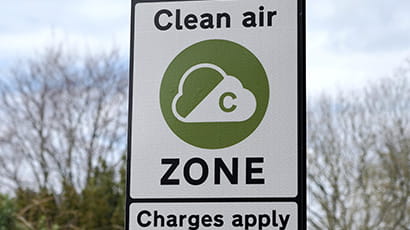
29 November 2024
Bristol Clean Air Zone – two years on, what is the future of the CAZ?
Two years on, Professor Graham Parkhurst and Professor Jo Barnes comment on what the future of Bristol's Clean Air Zone looks like.

20 June 2024
Academic elected as President of Chartered Institute of Highways and Transportation
Professor Glenn Lyons has been announced as the new President for 2024 / 25.
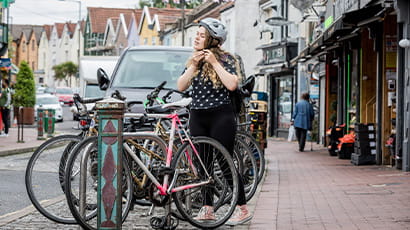
28 November 2023
New report finds lack of transport choices is leaving young people behind
A new study warns that young people cannot access life-defining opportunities due to poor transport provision.
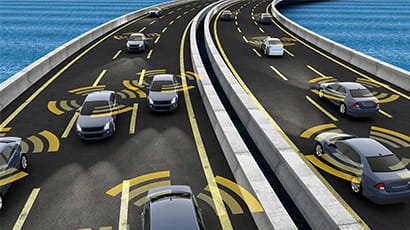
01 October 2023
UWE Bristol wins funding to develop safer autonomous vehicles
UWE Bristol has secured government funding for research into autonomous vehicles.
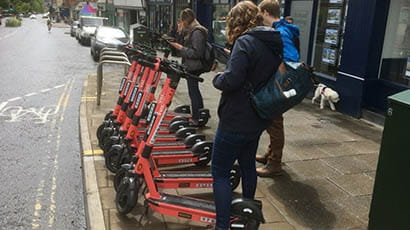
18 September 2023
One in 15 West of England residents use public e-scooters every month
UWE Bristol researchers have published the results of the West of England rental e-scooter trial.
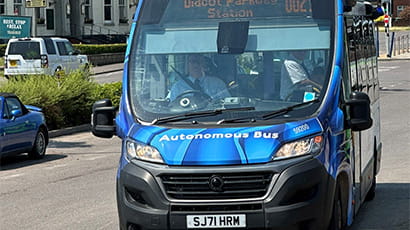
14 June 2023
Researchers monitor autonomous bus user experience as UK's first zero emission service launches new route
Researchers monitor autonomous bus user experience as UK's first zero emission service launches new route.
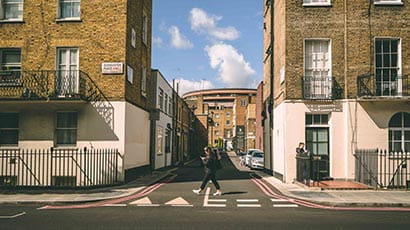
31 May 2023
Enhanced junction designs “make it clear to drivers that they need to give way”
A research project has identified two side road crossing designs that encourage drivers to give way to people crossing and waiting to cross.
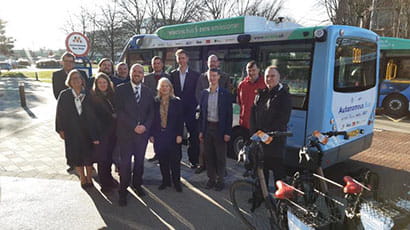
24 January 2023
UWE Bristol joins First Bus and partners to launch UK's first zero-emission autonomous bus service
The UK's first-ever zero emission autonomous bus service reached a key milestone with trials starting on public roads in Oxfordshire on Monday 23 January 2023.
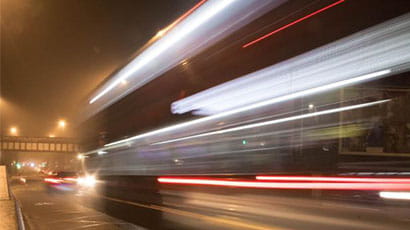
17 January 2023
Panel poses key questions about future roads spending
Report published raising seven key questions to help guide for decision-makers achieve the best value from future roads spending.

28 July 2022
Unfair bus fares risk holding young people back
Research by UWE Bristol and transport charity Sustrans finds access to free and discounted bus fares for 16–24 year olds varies significantly across the UK.
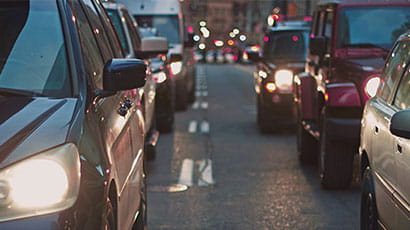
19 August 2021
Study finds some road closures cause less congestion
A study from the University of the West of England (UWE Bristol) sheds new light on why traffic is sometimes reduced when certain city roads are closed.
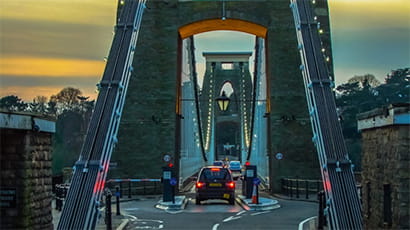
13 May 2021
Funding granted for innovative clean air project to learn how Bristol travel changed during pandemic
Dr Fiona Crawford has been awarded funding for a new innovative clean air project looking at how car and van travel has changed across Bristol during different stages of the pandemic.
You may also be interested in

Media enquiries
Enquiries related to news releases and press and contacts for the media team.
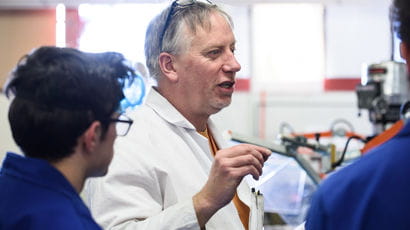
Find an expert
Media contacts are invited to check out the vast range of subjects where UWE Bristol can offer up expert commentary.






